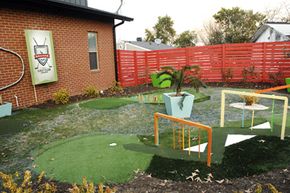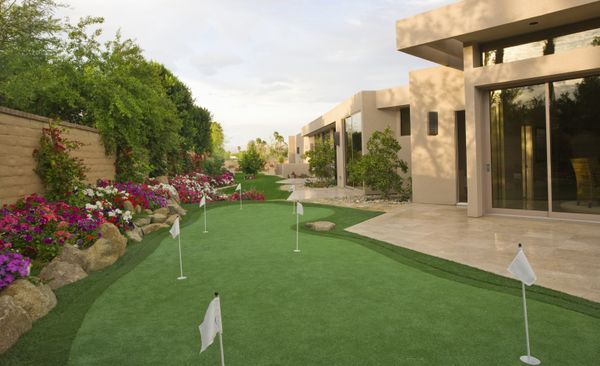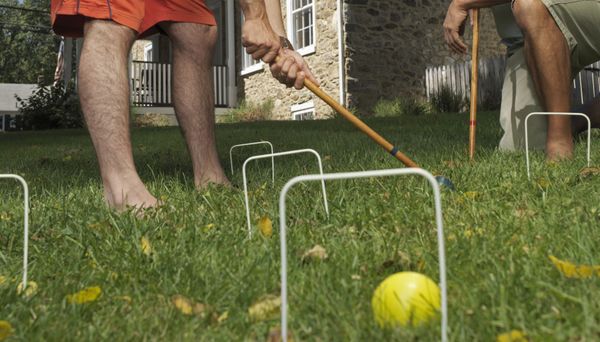At the Par-King miniature golf course in the suburbs of Chicago, you won't find any sad, little rotating windmills. Instead, you can putt your ball onto a conveyor belt that carries it to the top of a working miniature roller coaster built from 750 individual pieces of wood. And at the Around the World mini golf course in Lake George, N.Y., each hole depicts a different country, including giant pyramid obstacles for Egypt and a tricky "Iron Curtain" blocking the Russian hole.
With all those variations, it's no wonder mini golf is a beloved summer pastime for families and couples the world over. Real golf requires years of practice, expensive equipment and questionable fashion choices. Mini golf, however, is the great equalizer. The courses and obstacles are so bizarrely difficult that your average adult and child have the same chance of getting a hole-in-one.
Advertisement
But why limit your mini golf fun to the AstroTurf greens at the local putt-putt? Why not entertain the kids (for free!) by making your own backyard mini golf course? Keep reading to learn how to build your own temporary or permanent mini golf course, complete with challenging obstacles and brightly painted balls.




